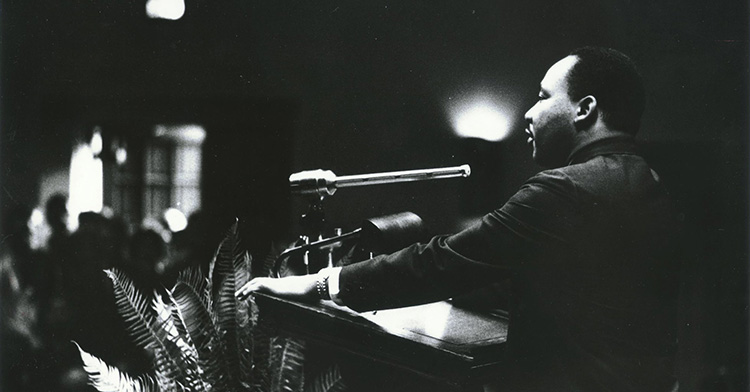Before the (relative) ease of apps like Uber and Lyft, there was the ubiquitous urban experience of hailing a cab -- standing on the curb, arm extended, trying to catch the attention of a driver to take you on your way.
If you’ve done it more than once, you know how variable the experience can be. Your wait might be short -- or not. Taxi drivers might suddenly swerve across multiple lanes to pick you up or inexplicably sail past, riderless. Drivers might stop for one person in a line of many, completely ignoring the rest. Layer all of this with human preferences and prejudices, and getting a cab in a major city is not so much a bizarre business transaction as a telling human encounter.
In their 2005 book “Streetwise,” sociologists Diego Gambetta and Heather Hamill set out to understand how taxi drivers in two cities (New York and Belfast) made judgments and decisions about potential passengers -- which ones they stopped for and which ones they didn’t, why they stopped for one and not another.
Part of what these trust researchers learned was that drivers and would-be passengers shared a similar measure of vulnerability in the streetside encounter. The greatest threat to each was that the other was an imposter -- that the would-be passenger was not actually in need of a ride but was seeking to harm the driver in some way, or that the purported driver was not actually a cabbie but was seeking to harm the passenger. How drivers and passengers decided who was the “real thing” and who was an imposter became a significant part of their research into the trust exchange found in a simple cab ride.
What does this have to do with Christian leadership? As leaders of congregations and institutions, we frequently encounter people at their most vulnerable. Those we meet implicitly ask -- or test -- whether we can be trusted, whether we are the “real thing” or an imposter, whether we intend them good or harm.
Trust research has reminded us in recent years that perceived benevolence is a crucial factor for the cultivation of trust. In order for trust to exist between two parties, both must believe that the other has their best interest at heart. One way to understand why trust in institutions, church and clergy is always fluctuating is that the public is constantly discerning whether we are good -- both in and for the world. It is the benevolence of the church and its related institutions and leaders that is under examination.
Public trust in clergy dropped to its lowest level in nearly four decades shortly after the child sexual abuse scandal within the Roman Catholic Church came to light. At the same time, several prominent evangelical and mainline clergy were also implicated in sexual misconduct or financial mismanagement. While trust is predicated on many things, these incidents and the generally inadequate or incompetent responses that followed undermined the public’s perception of benevolence in the church and in the clergy.
Put another way, clergy and other religious people began to be perceived as imposters seeking to harm rather than true leaders seeking to care for the world in a genuine, gospel-shaped way. This represents a significant challenge for the church and for Christian institutions in this century: How do we communicate a kind of gospel compassion that speaks to a world that is suspicious, at best, of our intent?
The parable of the good shepherd and the hired hand in John’s Gospel offers additional texture to this question. The good shepherd and the hired hand behave differently, of course, but Jesus makes clear that the real difference lies in their motivations. For the hired hand, the motivation is compensation, reward; after all, “a hired hand does not care for the sheep” (John 10:13 NRSV). For the good shepherd, in contrast, the motivation is love -- love for the calling, love for the sheep, love in the midst of difficult and dangerous circumstances, love for the world as it is and as it might be. It’s the love of the shepherd that leads the sheep to listen and come when called. It’s the love of the shepherd that marks him as real and true.
If the evangelistic challenge for the church and for Christian institutions in our day is to respond to the public’s fear that we are less than benevolent, that we are imposters, then the imperative is surely to recommit ourselves to embodying the love that the good shepherd himself embodied. We must also commit ourselves to confession, penance and reconciliation with those who have experienced the church, its institutions and its people as anything less.
It is difficult to put that on a to-do list or to know when that work is completed, but that may well be the quotidian work of Christian leadership for the next generation until we have regained the public’s trust -- or, at the very least, honored its suspicions and loved in response.
It makes hailing a cab on a busy city street look easy.








